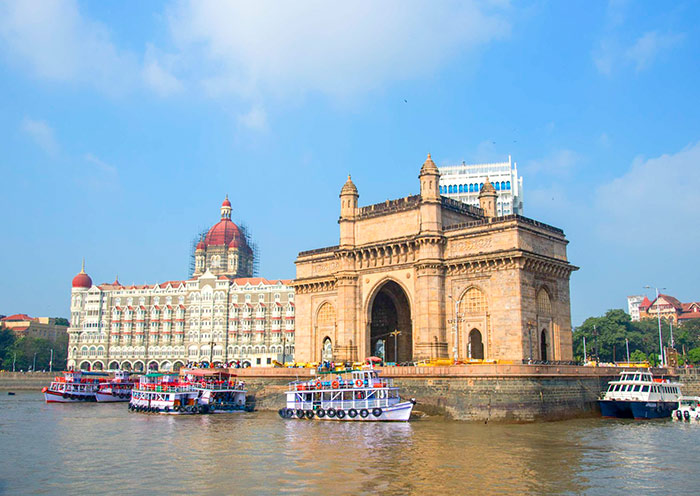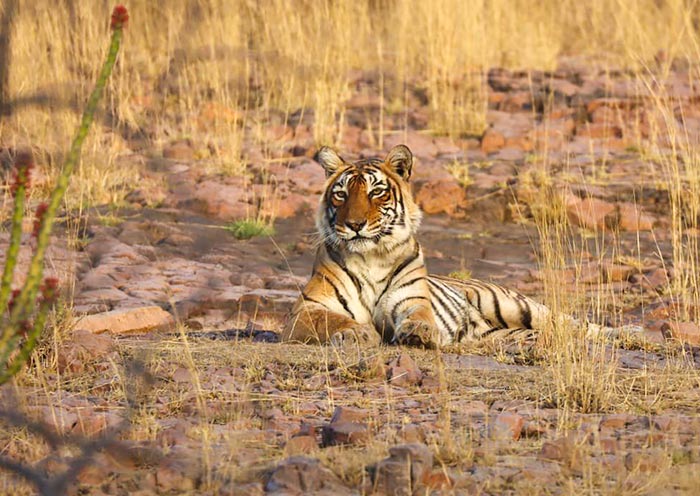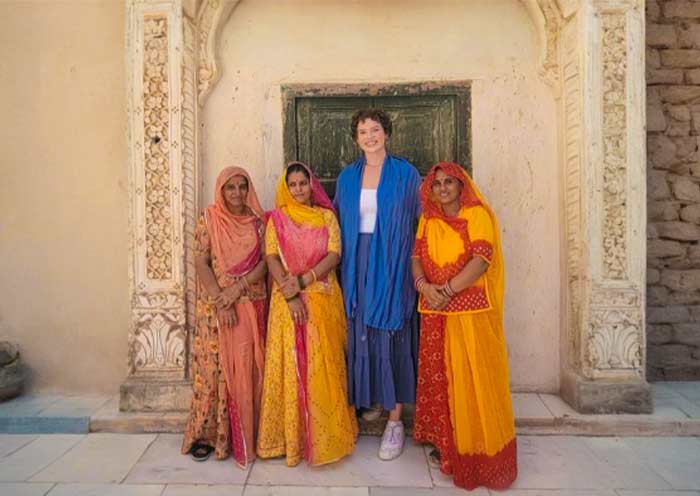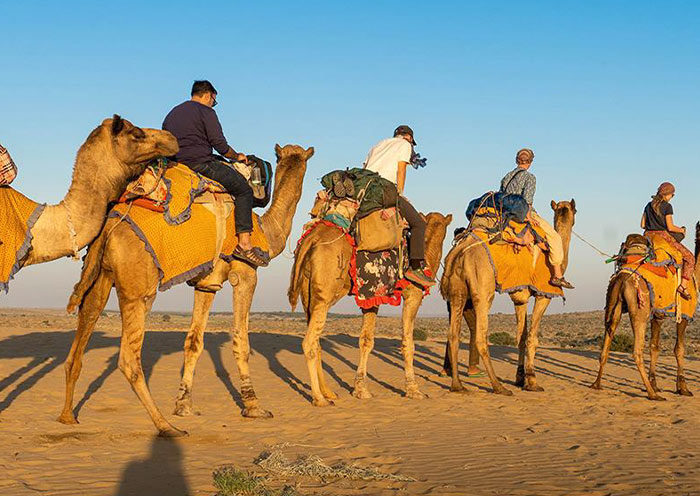What a wonderful experience we had, with fabulous support from Alina at Asia Odyssey and from our great driver Vipin and our guides (Prerak in Delhi, Sanjay in Agra and Suresh in Jaipur). The guides were knowledgeable, communicative and friendly, and all had a good appreciation as well of food, which meant their restaurant suggestions were excellent. Vipin accompanied us throughout our trip and shared many things with us, beyond being a driver, including taking us to the Galvani Hindu temple in Jaipur.
What an amazing trip. We did the Golden Triangle, which has a particular focus on the architecture and history of the Mughul empire, especially Shah Jahan, who built the Taj Mahal. And the buildings are spectacular! The Taj is most known, and I found the inlay work (precious stones inlaid in the white marble) to be the highlight. We bought a marble elephant done in the same way as a reminder of the walls of the Taj - seeing the actual artisans doing this inlay work in with traditional tools added to our experience and we were delighted to buy some of their special work.
Having said that, my personal preference was for the red sandstone buildings rather than the white marble. The detailed work of carving the sandstone is for me as beautiful as the similar work on the marble, and the colours are nicer, softer.
Similarly, the timber constructions in Nepal were unbelievable - as detailed as the work we saw in India, and wonderfully maintained, even if it has experienced significant impacts from earthquakes.
The photos below highlight our experiences - the captions provide the rest of the detail.



























